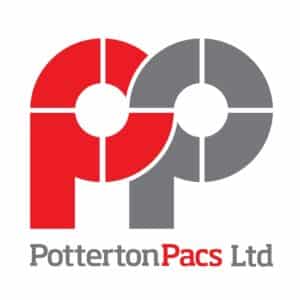Resource Hub
How else can you guide me?
Read all the latest blog posts
At PottertonPacs, our blog is your go-to resource for insights, ideas, and inspiration across our specialist industries. From expert articles and in-depth guides to practical tips and infographics, we cover everything from product innovation and case design to the latest trends shaping equipment presentation. Whether you’re looking to protect, present, or promote your products, our content is designed to keep you informed and ahead of the curve.
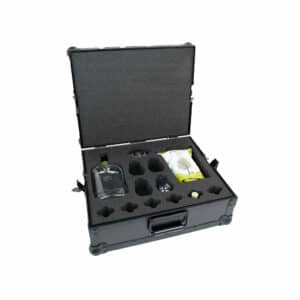
Branded Sales Demo Cases: Effective Presentations
For any business that relies on showing products directly to customers, presentation matters just as much as the products themselves.
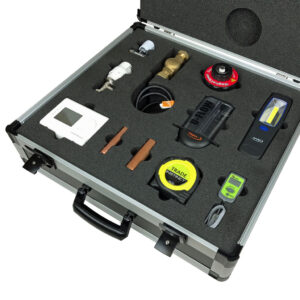
Custom Demo Kit Cases: Tailored To Your Industry
When it comes to winning new business, product demonstrations play a vital role. Customers want to see how something works,

Sales Sample Presentation Cases: Perfect For Sales Pitches
For today’s sales teams, presentation is everything. Customers expect clear, engaging demonstrations and polished product displays that build trust. A
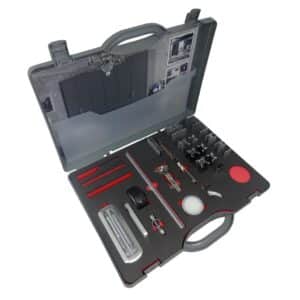
Demo Kit Cases UK: Showcase Your Products with Confidence
For businesses that need to demonstrate products in action, presentation is everything. A smooth, professional demo can capture a customer’s
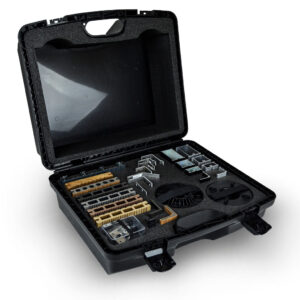
Sample Cases: Practical and Professional
For businesses that rely on showing products directly to customers, sample cases are one of the most effective tools available.
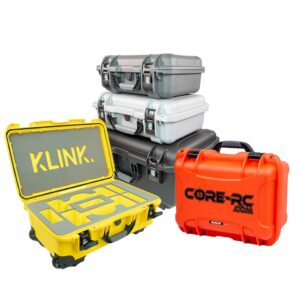
Custom Branded Cases UK: High Quality Presentation
When your business relies on making a strong impression, the way you present your products is just as important as
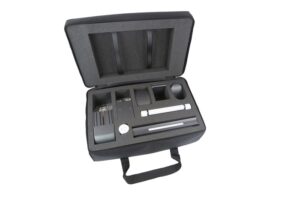
Sales Reps Sample Cases: Professional Tools
For any sales rep, the way products are presented can make or break a deal. Customers don’t just want to
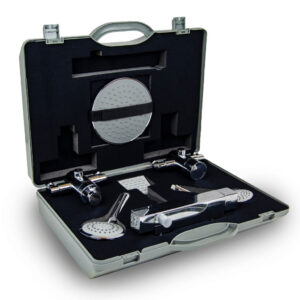
Sales Presentation Cases: Professional Tools for Sales Reps
In today’s competitive market, sales teams need more than just product knowledge to stand out. They need the right tools

Sales Presentation Boxes: Stylish Product Display
In business, how you present your products can be just as important as the products themselves. A strong first impression
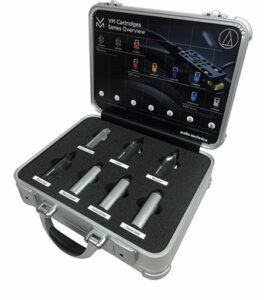
Sample Bags: Portable and Professional Product Presentation
When it comes to making sales, the way you present your products is just as important as the products themselves.
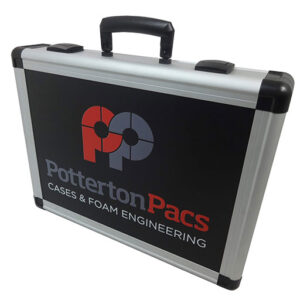
Sample Kit Bags with Foam Inserts
When your products need to travel safely while still looking impressive, a sample bag with foam inserts is the ideal

Sales Sample Kits: Making Your Sales Presentation Stand Out
When meeting potential clients, your first impression can make all the difference. A confident sales pitch backed up with well-organised
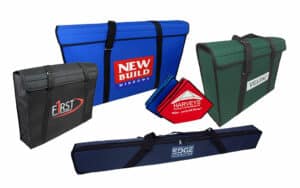
Custom Branded Cases & Demo Kits
When it comes to making a lasting impression, presentation matters. At PottertonPacs, we specialise in creating custom branded cases and
Which Plastic Cases are the best on the market?
When it comes to selecting the best plastic cases for business needs, there is a wide range of options on
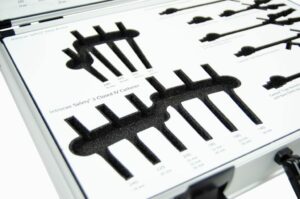
Your sales reps cases and bags: How to use sample presentation cases as a sales tool
In the world of sales, presentation is everything. A compelling and memorable presentation can make the difference between a rep

The Best Equipment Cases For Your Test and Measurement Equipment
Test and measurement equipment is needed in almost every industry, whether that be electronics, industrial, healthcare, automotive, IT, or telecommunications.

PottertonPacs: How To Store Electronics & IT Equipment
How To Store Electronics & IT Equipment Electronics and IT equipment are costly, fragile and most importantly, need to be

How To Store Electronics & IT Equipment
Electronics and IT equipment are costly, fragile and most importantly, need to be relied on to perform their intended purpose.

